Although Russian folklore teems with fearsome spirits and creatures, horror has never taken root as a popular genre in Russian culture. In literature, the supernatural typically inflicts psychological rather than physical torment, and modern attempts at slasher horror in film have largely failed at the Russian box office. The most successful Russian horror films instead follow literature’s lead and often draw their stories directly from classic works.
Russian films, in fact, generally avoid marketing themselves as “horror” (ужасы). They instead use other genre labels such as “thriller” (триллеры) or “fantasy” (фэнтези), despite using many elements of horror, and even when featuring an ever-approaching monstrous force. This likely stems from the strong taboo in most Slavic cultures, reinforced by folklore and the Orthodox Church, against inviting evil in any form into one’s presence. This also affects, for instance, the reception of Halloween in these cultures.
Below are several examples of Russian-language films that use elements of the horror genre.
The Master and Margarita (2025, 2005, 1994)
Мастер и Маргарита
Mikhail Bulgakov’s The Master and Margarita is one of the most frequently adapted Russian-language horror stories. It has spawned a stage play, an opera, a ballet, a musical, and several screen adaptions with nearly all of them successful. Many American readers might not immediately associate the tale with horror, but it does feature a heavy dose of the supernatural, numerous deaths, and Satan himself as a major character.
The latest film adaptation, released in 2025, faced years of delay. Originally announced in 2018 and slated for 2023, the project stalled when Universal Pictures withdrew from Russia in 2022 following the war in Ukraine. The film, which portrays the Master as a writer persecuted and censored by the state, had to also navigate a tightening legal environment as new laws against “false information” about the government and military were enacted during post-production.
Director Mikhail Lockshin’s personal support for Ukraine further complicated the release, though the film ultimately premiered domestically and became Russia’s highest-grossing 18+ film, selling some five million tickets. Despite its commercial success and critical acclaim for vivid and imaginative visuals, Lockshin now lives in Los Angeles, and the film has yet to secure an international release.
Another recent successful adaptation was the 2005 Master and Margarita miniseries, directed by Vladimir Bortko. It became a major television event in Russia, drawing huge audiences and widespread discussion. As a miniseries, it allowed itself 8 hours and 20 minutes across 10 episodes to carefully and faithfully adapt the novel. The production closely followed the book’s intertwined storylines: the love between the persecuted writer known as the Master and his devoted Margarita, and the arrival of Satan—disguised as the enigmatic Professor Woland—in 1930s Moscow, where he exposes the greed and hypocrisy of Soviet society.
Viewers and critics praised the series for its strong performances as well as for its careful attention to Bulgakov’s language, atmosphere, and philosophical tone. The visual effects and set design were also noted for capturing both the surreal and satirical sides of the novel.
The miniseries has also been the subject of a legend called “The Curse of Woland” – with several of those involved in its shooting experiencing tragedy not long after shooting wrapped. This same curse perhaps affected the first Russian film version, produced in 1994, which was not released until 2011, despite a large budget and headline cast, due to a dispute between the director and producers over the film’s length. Held nearly two decades off the market, it has not been successful – but is available fully online in its director’s cut (see below) and its shortened release.
The story has been popular not only in Russia. Other major adaptations have been produced in Polish, Serbo-Croatian, and German.
For more on how the locations in Master and Margarita have lived on in Moscow, click here.
Viy (2019, 2014, 1967)
Вий
The 1967 Soviet film Viy, directed by Konstantin Yershov and Georgi Kropachyov, was the USSR’s first, and one of very few, officially approved horror movies. Based on Nikolai Gogol’s 1835 story about a young seminarian forced to pray over a witch’s corpse for three nights, the film blended folklore, fantasy, and moral allegory within the constraints of Soviet censorship. A surprise hit, it later gained cult status.
Audiences praised Viy for its suspense, inventive visual effects, and faithful recreation of Gogol’s Ukrainian village setting. Its atmospheric storytelling relied on lighting, angled camera shots, and off-screen action, techniques long used in Western cinema to evoke the supernatural. However, unlike the emerging contemporary American trend toward graphic horror, Viy remained rooted in the mood and morality of a folk tale.
Modern attempts to capitalize on the original’s legacy have met with mixed success. The 2014 adaptation, presented in 3D, was Russia’s highest-grossing domestic release that year. Though praised for its visual effects, audiences were disappointed by its heavily altered script and dialogue.
Set in the 1700s, the 2014 Viy follows English cartographer Jonathan Green, who stumbles upon the cursed village from Gogol’s original tale and encounters updated versions of its monsters. The film added more violence and sexual humor to appeal to a broader audience. British actor Jason Flemyng, who played Green, told Komsomolskaya Pravda that the goal was not to “improve a classic but to adapt it for our time.” Critics, however, called it “too clever for the masses but too crude for intellectuals.” Released internationally as Forbidden Empire, it received mixed reviews.
Given the commercial success of the original, a squeal was produced. Viy 2: Journey to China, (marketed as Iron Mask and Secrets of the Dragon Stamp in some places) was even more ambitious, bringing in Chinese co-funding and even casting Arnold Schwarzenegger and Jackie Chan in cameos. It the end, however, it was widely panned by critics and shunned by audiences. Schwarzenegger even earned a nominated for a Golden Raspberry Award for Worst Supporting Actor for his work in the film.
Gogol (2017, 2018)
Гоголь
The Gogol film series, directed by Egor Baranov, is one of the most successful attempts at mostly-original modern horror in Russia. The series is loosely based on Nikolai Gogol’s two-volume collection of short stories, Evenings on a Farm Near Dykanka, and essentially imagines that what Gogol wrote about, he actually experienced first.
The series was released between 2017 and 2018 as a trilogy of theatrical films later re-edited into a television series. Combining detective elements (which have been broadly popular in Soviet and Russian television) with folklore and fantasy, Gogol offered a lavish, visually stylized take on the writer’s world. It should be noted that, in Russia, this was not marketed as horror, but rather as detective movies.
The first installment, Gogol. Origins (2017) presents Nikolai Gogol as a nervous police clerk in 19th-century Russia who suffers from blackouts and disturbing visions. When a series of mysterious murders terrorizes the rural village of Dykanka, Gogol is sent there to assist the seasoned investigator Yakov Guro. As the investigation unfolds, Gogol’s visions begin revealing clues about the killer and the supernatural forces haunting the village. Gogol begins a gradual transformation from insecure clerk to inspired writer confronting both real and imagined evil.
Gogol. Viy (2018) continues the story with Gogol now without his mentor, Investigator Guro, who has apparently died. Gogol, however, is determined to find the murderer and his search leads him into a web of folk legends, witchcraft, and demonic forces connected to the mythic creature Viy. As Gogol’s supernatural powers grow stronger, he begins to lose the boundary between reality and nightmare.
Gogol. A Terrible Vengeance (2018) concludes the trilogy as Gogol, now fully aware of his supernatural abilities, races to stop the demonic forces whose power is spreading beyond Dikanka.
The trilogy as whole was roundly successful, which each film nearly earning back its production costs in the first 1-2 days of its release. Audiences applauded the show’s atmosphere and energetic, creative performances. Critics, however, were divided between admiring its ambition and style and faulting its narrative as inconsistent and overly modernized. Many viewers and critics felt that the use of visions and blackouts sometimes made the narrative hard to follow.
In the end, despite its success, the next two episodes, which were intended to move to TV, were cancelled and the trilogy was shelved. Even so, Gogol remains a landmark in post-Soviet horror, proving that Russian cinema could successfully experiment with large-scale fantasy and horror rooted in national literary heritage.
Night Watch & Day Watch (2004, 2006)
Ночной Дозор и Дневной Дозор
The Watch series was written by Sergei Lukyanenko, a psychologist-turned-novelist. The series was wildly successful, pushing Lukyanenko to superstardom in Russia’s new burgeoning scene of commercial literature. The stories tell of the Others, a secret society of humans with supernatural abilities. They are broken into two sets, the Light and Dark, and a delicate balance is kept between them by the Night Watch, which polices the Light Others, and the Day Watch, which policies the Dark Others. There are six books in the series, which feature vampires, shapeshifters, witches, and ancient prophecies.
Night Watch (2004), directed by famed action director Timur Bekmambetov, was a film adaptation of the first novel of the series. It follows Anton Gorodetsky, a new member of the Night Watch, who has stumbled into the organization after trying to hire a witch to bring back his estranged wife. This reluctant hero is suddenly placed at the center of maintaining his world’s balance when he discovers a powerful child prophesied to tip the balance.
While the film is often described as urban fantasy, it is also recognized as a supernatural horror. Set in a shadowy, alternate Moscow, it incorporates strong horror elements—vampirism, cursed visions, sudden demonic transformations, and a pervasive atmosphere of dread rooted in moral corruption and fate. Its use of stark lighting, distorted camera angles, and claustrophobic cityscapes evokes an anxious Gothic horror.
The film became one of the highest-grossing Russian films of the post-Soviet era with over $33 million in box office revenue worldwide and record-breaking domestic earnings. Although sometimes criticized for its dense mythology and uneven pacing, Night Watch was praised for its inventive visual style and impressive special effects on a relatively modest budget.
Day Watch (2006), also directed by Timur Bekmambetov, amplifies the horror elements of its predecessor while pushing its world of supernatural conflict into darker, more chaotic territory. When Anton’s son Yegor embraces the Dark side and becomes a powerful threat, Anton must confront his own divided loyalties while facing scenes of possession, violent magic, and grotesque transformations. The film is visually frenetic and emotionally intense, with the world perpetually on the brink of destruction.
Day Watch outpaced its predecessor, grossing over $40 million. Although criticized again for its convoluted plot and occasional over-reliance on spectacle, Russian audiences largely celebrated the film as a high point in local blockbuster filmmaking.
Despite the success of the novels and the first two films, the planned third series adaptation, of Twilight Watch, was never realized. Although production was announced and several cast and crew members, including lead actor Konstantin Khabensky, as recently as 2021, have expressed optimism about its future, the film has remained only an idea.
Dark World (2010, 2012)
Тёмный мир
Dark World is a Russian supernatural horror film. It was also the first Russian film to use 3D technology. The story follows a group of university students that, while researching folklore in Russia’s northern Lapland region, uncover an ancient artifact that unleashes an ancient, vengeful spirit. Modern horror tropes such as jump scares, eerie landscapes, and psychological tension are thus mixed with mythological elements and spirit possession. The film also mixed action, with military aircraft and soldiers being called in.
Despite mixed-to-negative critical reviews citing weak dialogue, confusing genre mixing, and uneven pacing, Dark World found a solid audience, bringing in some 1.3 million viewers and very profitable $8.5 million at the box office.
Two years after the original, a sequel, Dark World: Equilibrium, was released on an even larger budget. However, it failed to recreate the success of the first, losing more than half the funds invested into it and drawing in only about a quarter of the original audience.
The Dead Body (2017)
Мёртвое тело
This short, indie film is based on Anton Chekhov’s 1885 short story of the same name. It tells of a pilgrim who encounters two peasants keeping watch over a dead body on the side of the road. The peasants know nothing about the dead person or how he died, but have been told to keep watch over it, as is the tradition. In the absence of certain truth, the conversation eventually leads to assuming the worst and soon the pilgrim is paralyzed with fear. The work is a sketch of the Russian superstitions and fears that surround death.
A Few Less Successful Others
Some Russian-language horror films have tried to emulate the American style of the genre, but few have succeeded in connecting with Russian or international audiences. Critics often fault them for being derivative and using horror techniques too heavily. As a result, they can feel less like genuine horror and more like films made by someone trying to follow a how-to guide on scaring audiences.
Yaga. Nightmare of the Dark Forest. (2020)
Яга. Кошмар тёмного леса
The Russian horror films that fare best often draw on native mythology and/or history. Yaga: Nightmare of the Dark Forest, for instance, takes its name from the legendary witch Baba Yaga. However, in folklore, Baba Yaga is not wholly dark or evil. Instead, she most often opposes those who are disrespectful but who can also be critically helpful to those who treat her properly. In most Russian interpretations, such as in The Last Bogatyr series, she is often portrayed as a well-meaning character. Thus, there is a certain amount of dissonance in watching her portrayed as a simple jump-scare monster. The film scored mixed reviews and almost broke even at the box office.
Mermaid. Lake of the Dead. (2018)
Русалка. Озеро мёртвых
Something of a play on The Little Mermaid, which is well-known to Russian audiences through both the Hans Christian Andersen fairy tale and the Disney movie. In this tale, a mermaid, who is portrayed as something as water spirit (with legs rather than a tail), lures a man into her lake and kisses him, which sets off a curse. She then haunts the man and his fiancee, contacting them through water, trying to draw him back to his doom beneath the surface. The film earned a solid profit but received mixed reviews. Critics and audiences agreed that the premise, script, and cast showed potential, yet the execution fell short. The most common complaint was its overreliance on ineffective jump scares that failed to generate real suspense.
Ghouls (2017)
Вурдалаки
In 18th century Russia, at the Spassky Monastery in the Carpathian Mountain range, Empress Elizaveta Petrovna has exiled her former confessor. That monk, departing from St. Petersburg, took strange secrets with him to a land that many say is haunted by evil forces left behind from violent Turkish raids of the past. After many years, Andrey, the godson of the Empress, arrives at the monetary and encounters things his rational mind is not able to understand, including true love and unbelievable supernatural evil. The original name of the film, “Вурдалаки,” refers to a vampire specific to Russian mythology.
You’ll Also Love
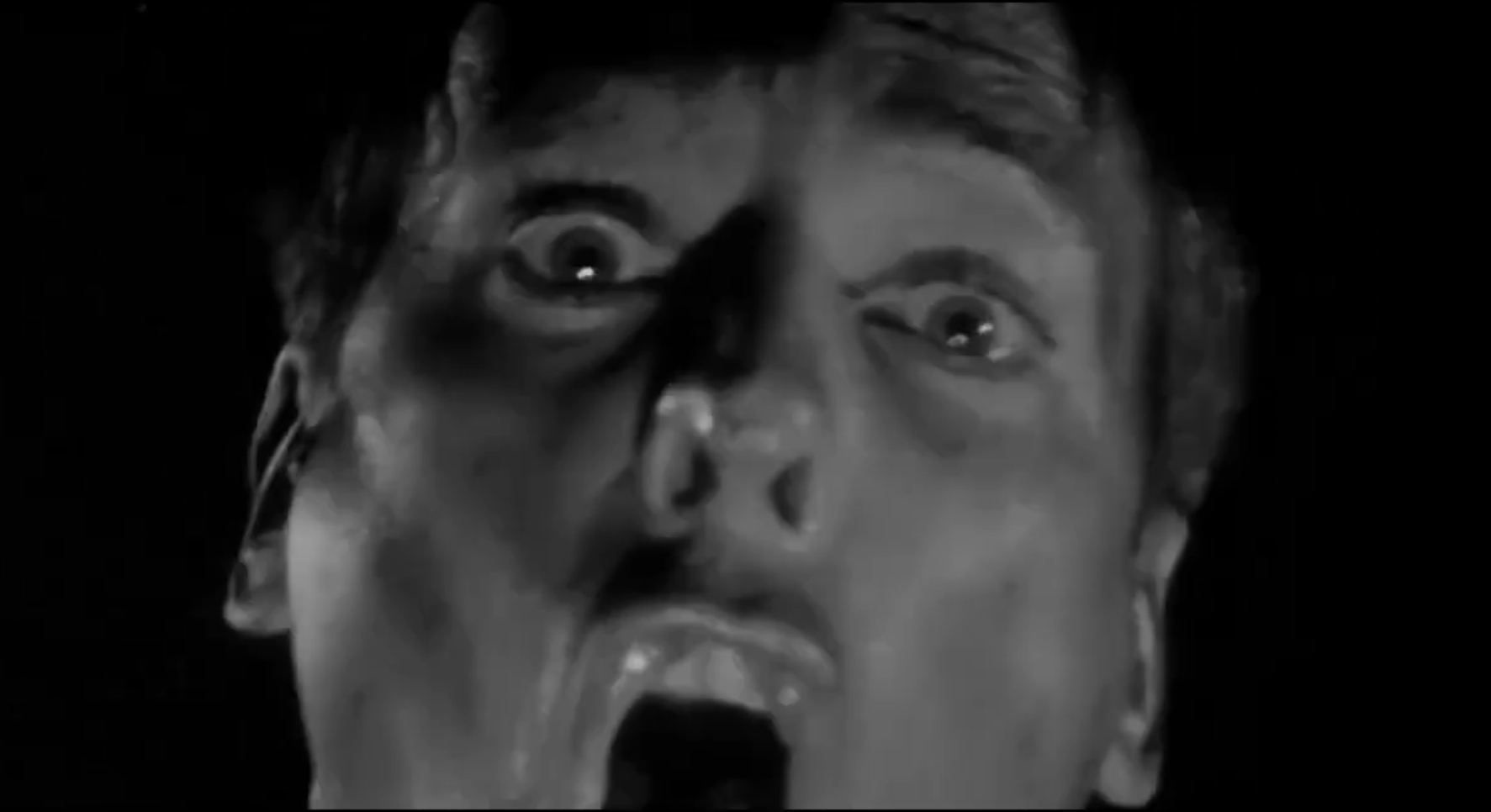
You’re Next: The Cold War in American Horror Films
During the second half of the 20th century, Cold War anxiety and paranoia played out on America’s silver screens via the explosively popular horror genre. These films both reflected and shaped how Americans understood the perceived threats of a rapidly changing world. This paper examines five horror films—Them! (1954), Invasion of the Body Snatchers (1956), […]
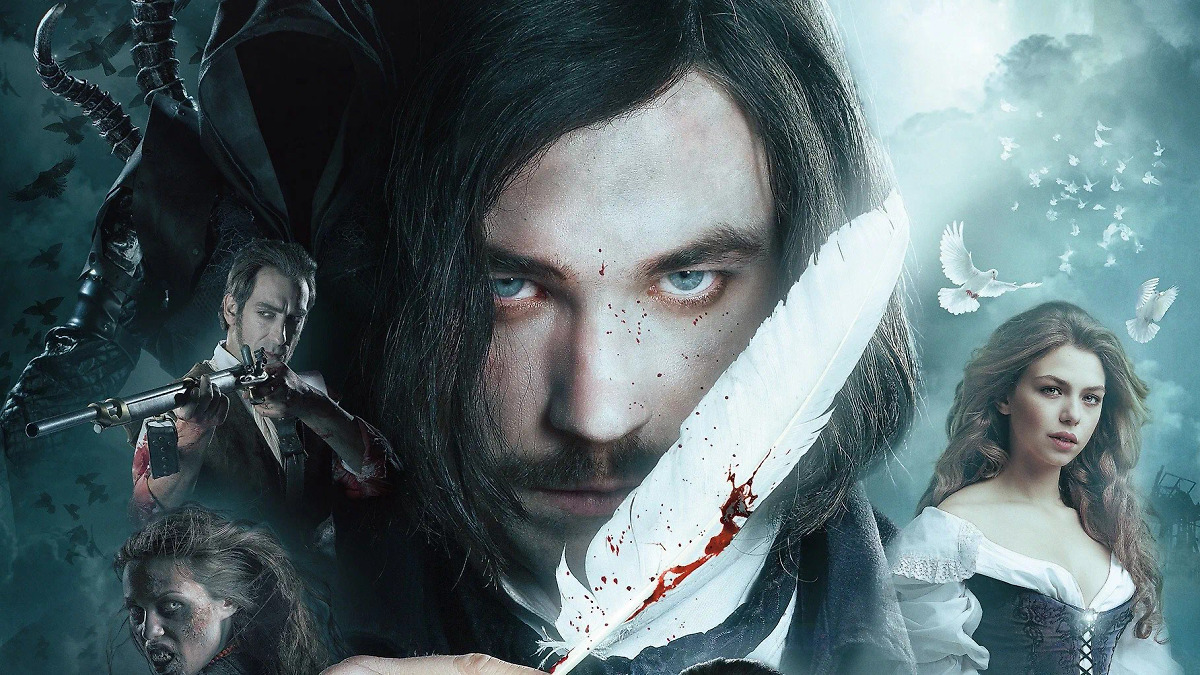
Russian Language Horror Films
Although Russian folklore teems with fearsome spirits and creatures, horror has never taken root as a popular genre in Russian culture. In literature, the supernatural typically inflicts psychological rather than physical torment, and modern attempts at slasher horror in film have largely failed at the Russian box office. The most successful Russian horror films instead […]
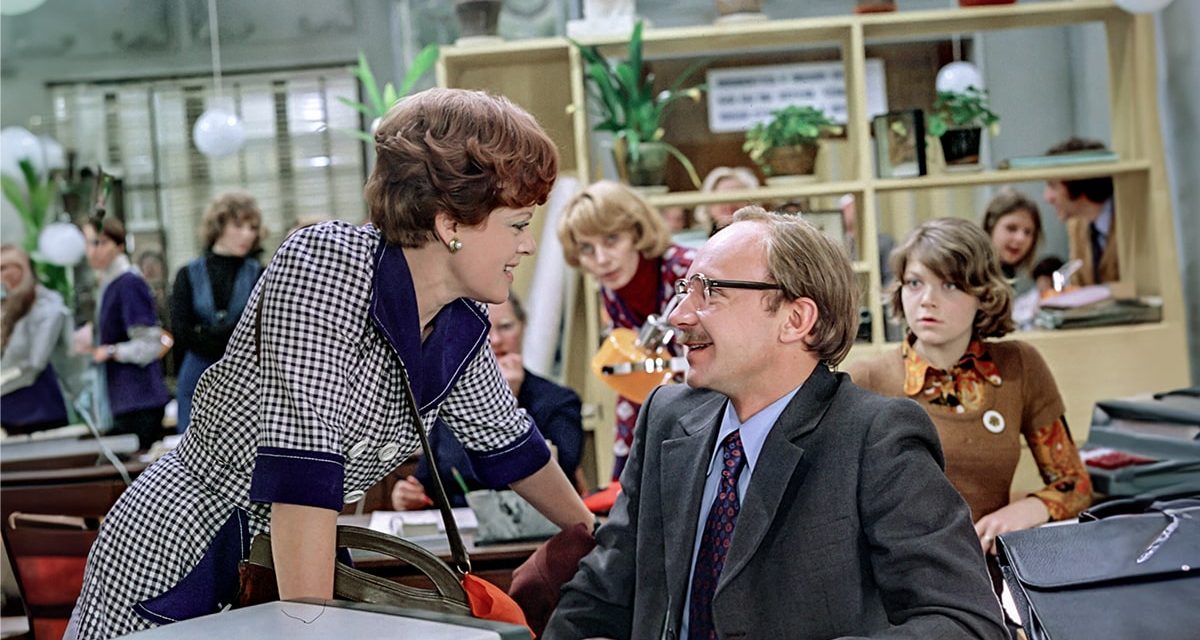
The Best Soviet Films According to Soviet Citizens
In 1925, Sergei Eisenstein’s film Battleship Potemkin was released in the Soviet Union. At the time, it was regarded as one of the most important works in the history of cinema, and still often appears on lists of the world’s greatest films. However, only in 1958 did independent film ratings in the USSR appear, when […]
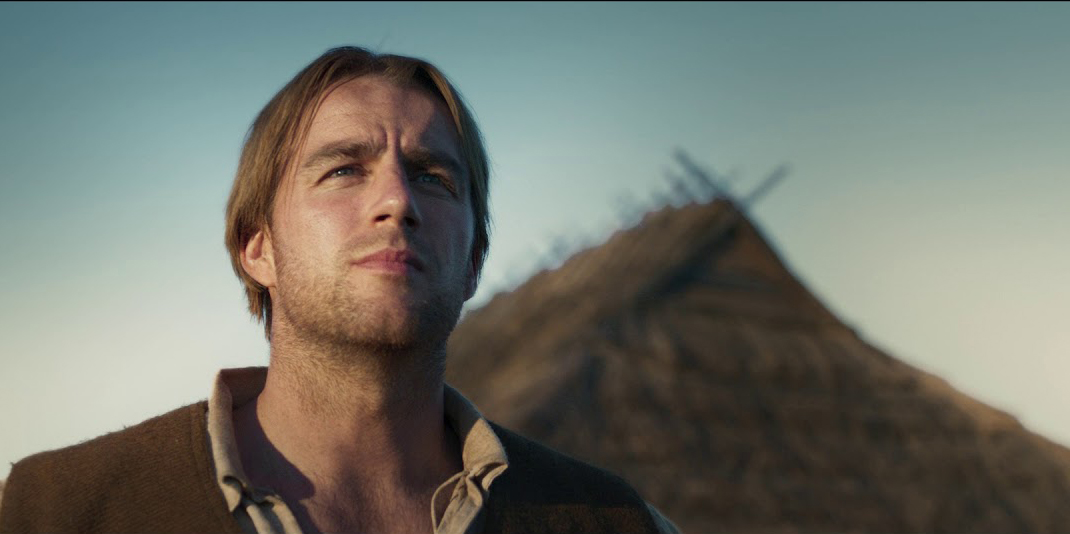
7 Films About Being Estonian
The following films draw deeply from Estonian history and culture. The majority of these were both popular upon their release and are nuanced in their presentation of various eras of often difficult Estonian life. Below are seven modern films that are well known to Estonians and often cited as exemplary of their film industry. All […]
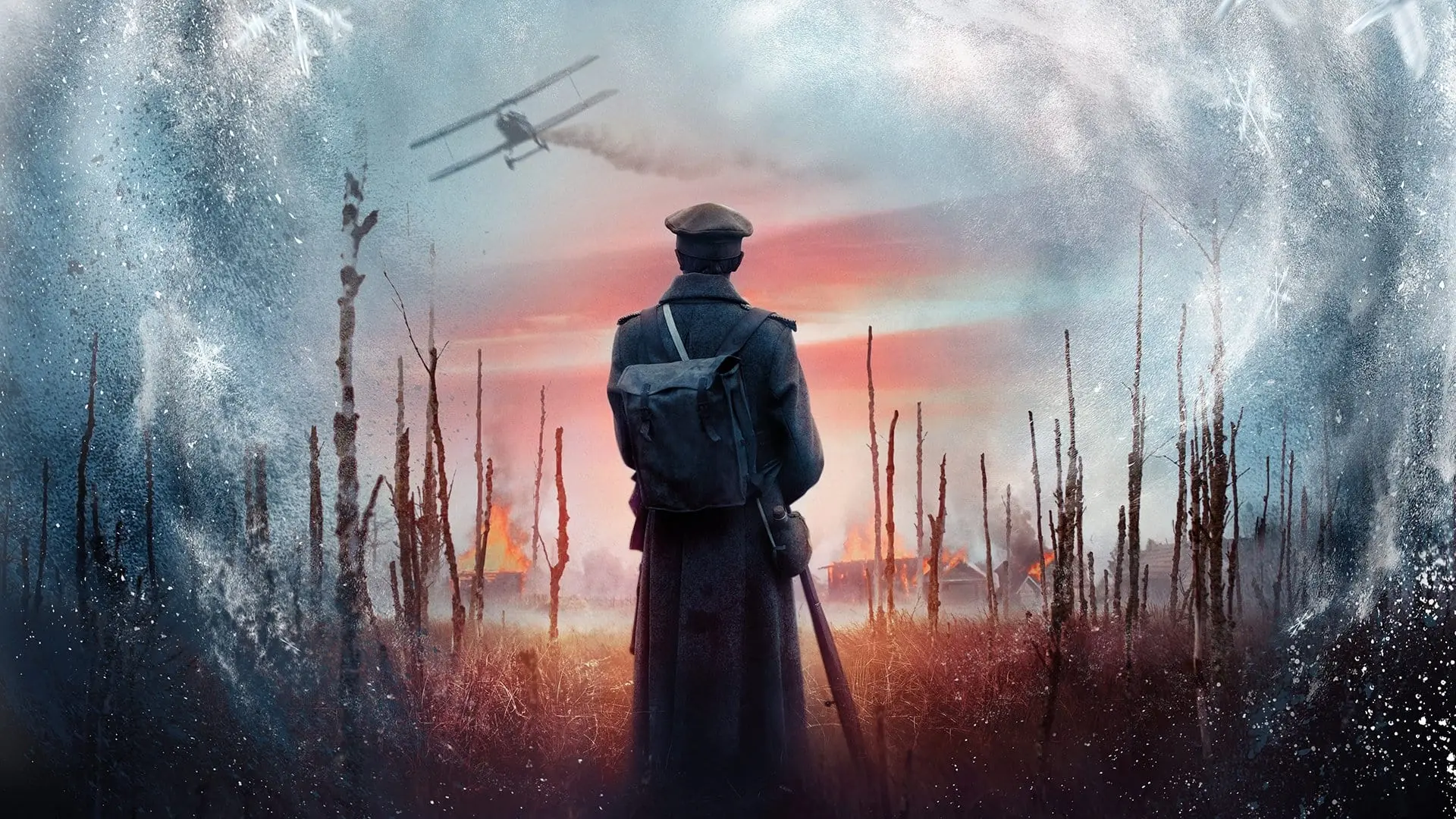
7 Films About Being Latvian
Many of Latvia’s most successful modern films explore expressly Latvian themes, placing the unique cultural, historical, and social experiences of the Latvian people on screen. These films often explore topics such as Latvia’s difficult past of war and occupation, telling the stories of Latvia’s national heroes, or exploring the complexities of Latvia’s national identity. Below […]


